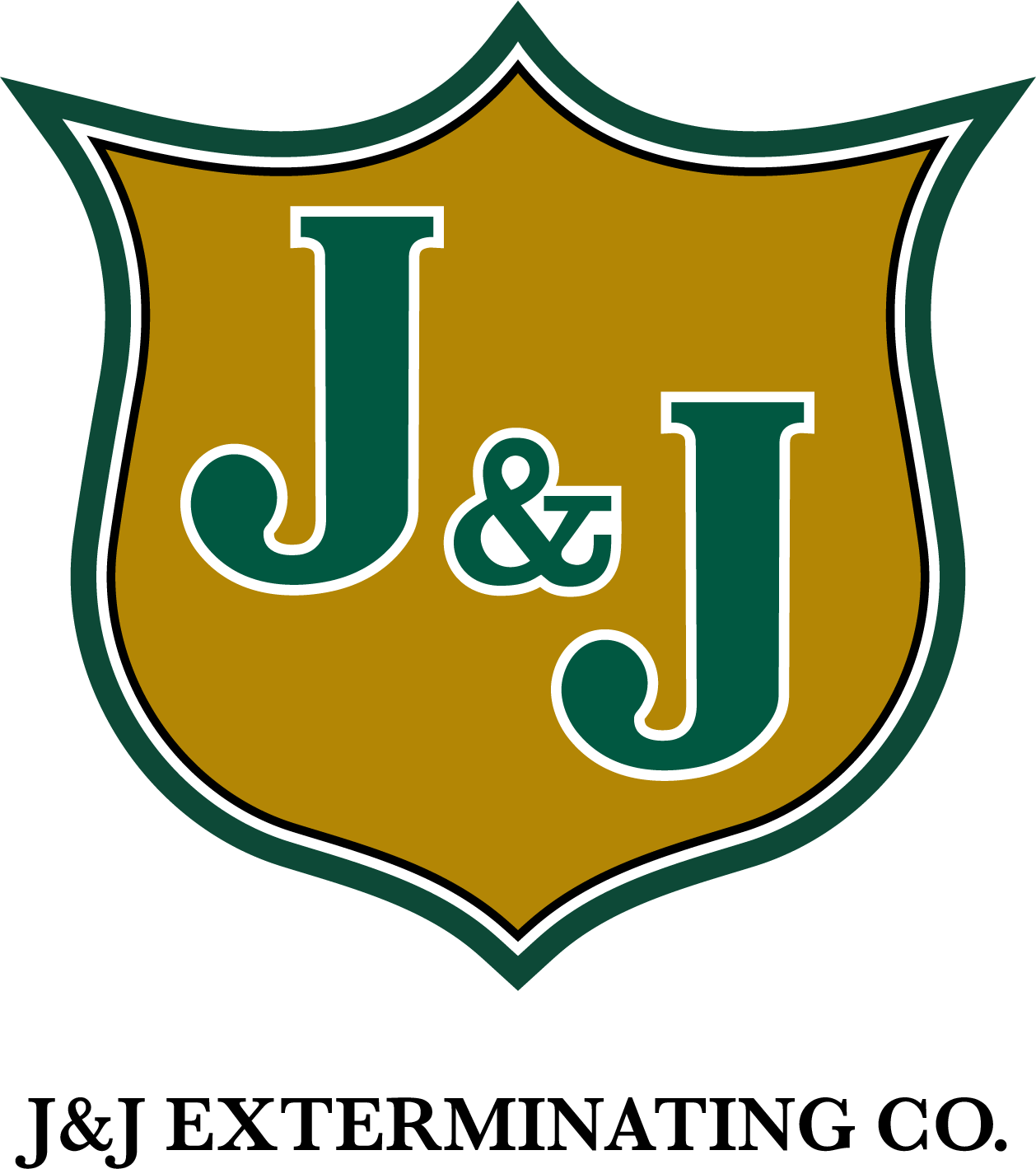When most people see a swarm of winged insects in their homes or outdoors, they might shrug it off as flying ants without a second thought. However, it’s quite possible they are observing flying termites, which could indicate a totally different level of concern for homeowners. While both insects have similarities, there are distinct differences that are important to recognize. Understanding these differences can help in identifying potential pest problems early on.
Physical Differences
Wings
Flying Termites:
- Have two sets of wings that are equal in length and shape.
- Wings are typically longer than their body.
Flying Ants:
- Also have two sets of wings but with the front set larger than the rear.
- Wings are proportionate to the body size.
Body Shape
**Flying Termites: **
- Have a straight waist, giving their body a uniform, straight appearance.
- Their bodies are more tube-like and less segmented.
Flying Ants:
- Exhibit a pinched waist, making their thorax and abdomen distinctly separated.
- The segmented body is clearly visible.
Antennae
Flying Termites:
- Possess straight antennae that sometimes can appear to have a slight curve.
Flying Ants:
- Have elbowed antennae that are bent.
Behavioral Differences
Flying Termites: Often referred to as swarmers, these termites leave the nest to mate and establish new colonies. They are usually attracted to light and can be found around windows or light fixtures.
Flying Ants: They too can swarm to mate, but it is typically not in the same numbers as termites, and they don’t cause structural damage to wood in homes.
Habitats and Impact
Flying Termites: Are considered pests due to their destructive nature. Subterranean termites need moist environments and usually contact the ground, commonly found in damp wood.
Flying Ants: Can be a nuisance when they swarm, but they do not pose the same threat to wooden structures as termites. They are more adaptable to different environments.
Knowing these differences is key in managing an infestation. If you’re in doubt or believe you may have termites, seek professional pest control services immediately as termites can cause significant structural damage over time.
For peace of mind and the integrity of your structure, be vigilant and take action quickly if you suspect termites might be staging a take-off in your home.




